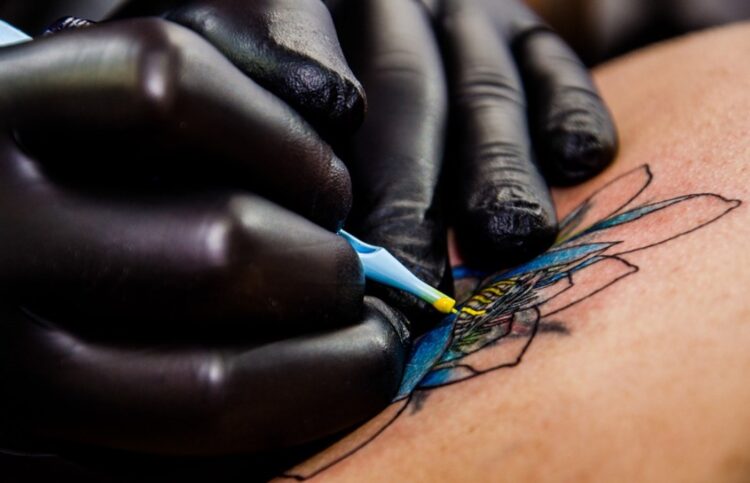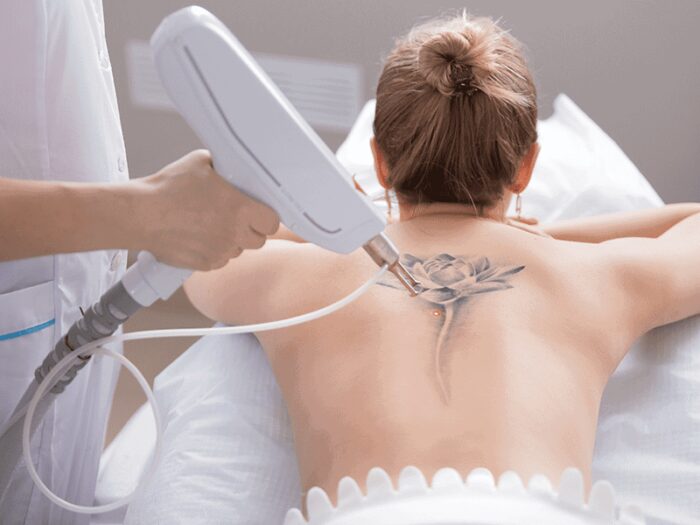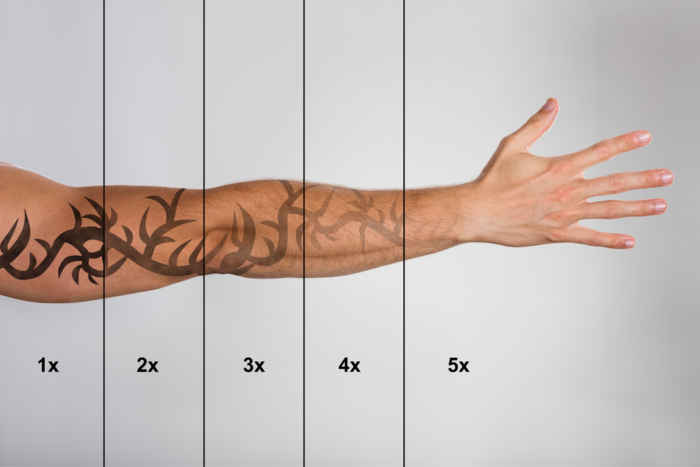
Tattoos, once a symbol of rebellion and counterculture, have soared in popularity, becoming a mainstream phenomenon embraced by diverse demographics. While tattoos are celebrated as a form of personal expression and artistry, the permanence of these inked designs can lead to future regrets. This shift in perspective has given rise to the demand for effective tattoo removal methods. In this comprehensive guide, we explore the nuances of tattoo removal, shedding light on its techniques, effectiveness, and what one can anticipate during the removal journey.
Why Do People Get Tattoos?
Tattoos serve as a canvas for self-expression, capturing everything from personal stories and memories to artistic or cultural symbols. They can commemorate significant life events, represent deeply held beliefs, or simply be a form of aesthetic self-expression. Despite their beauty and significance, the permanence of tattoos can be a double-edged sword. Changing life circumstances, evolving personal tastes, or professional requirements can transform a once-cherished tattoo into a source of regret, necessitating its removal.

Understanding Tattoo Composition
Tattoo ink is a complex mixture of pigments and carriers. These pigments, ranging from organic compounds to metal salts, are suspended in a carrier solution that aids in application. When tattooed, the ink is deposited into the dermis, the skin’s second layer, which is below the constantly renewing epidermis. This placement is deep enough to ensure the tattoo’s longevity but also poses challenges for removal, as the ink becomes entrenched in the skin’s fabric.
Laser Tattoo Removal
Laser tattoo removal has become the gold standard in erasing unwanted ink. This method employs highly concentrated light beams to target and break down the tattoo pigments. The laser’s energy is absorbed by the ink particles, causing them to fragment into smaller pieces. These fragments are then naturally eliminated by the body’s immune system. The precision and effectiveness of laser technology make it a preferred choice for those seeking to remove tattoos with minimal risk of scarring.
How Laser Tattoo Removal Works
The process of laser tattoo removal is a sophisticated interplay of light and biology. The laser emits short pulses of intense light that penetrate the skin and are absorbed by the tattoo ink. This absorption causes the ink particles to heat up and shatter into tiny fragments. Over time and through multiple sessions, the body’s lymphatic system gradually flushes these particles out, leading to the fading of the tattoo. The number of sessions required varies, depending on the tattoo’s characteristics and the individual’s response to treatment.

Factors Affecting Tattoo Removal
Several factors influence the effectiveness of tattoo removal. The age of the tattoo, the depth and density of the ink, and the tattoo’s size and location all play a role. Additionally, the ink’s color spectrum significantly impacts removal ease; black and dark blue inks absorb laser light more effectively and are easier to remove compared to lighter colors like yellow or green. Individual factors, such as skin type, age, and the body’s immune response, also affect the removal process’s success.
Alternative Tattoo Removal Methods
Beyond laser removal, alternative methods like dermabrasion, excision, and chemical peels exist. Dermabrasion involves sanding down the skin to remove the upper layers where the ink resides. Excision, more invasive, requires surgical removal of the tattooed skin, often used for smaller tattoos. Chemical peels, using acid solutions to peel away layers of skin, can also fade tattoos but are less precise and controlled compared to laser treatment. These alternatives, while sometimes cheaper, carry higher risks of scarring and infection and are generally less effective, especially for larger or more complex tattoos. They are often considered when laser treatment is not an option or as a supplementary method to laser removal.
Tips for Successful Tattoo Removal
For a successful tattoo removal, the first step is choosing a reputable clinic with qualified professionals. Researching and reading reviews can provide insights into the clinic’s track record. Before the procedure, it’s crucial to have a consultation to understand the process, set realistic expectations, and discuss any potential risks. Clinics often provide guidelines on how to prepare for the sessions, such as avoiding sun exposure and certain medications. During the process, following the aftercare instructions meticulously is vital for healing and achieving optimal results. This includes caring for the treated area, avoiding certain activities, and possibly using recommended creams or ointments to aid in recovery.

Pain and Side Effects
Tattoo removal, particularly laser treatment, can be painful, often compared to the sensation of a rubber band snapping against the skin. The level of discomfort varies depending on the tattoo’s location, size, and the individual’s pain threshold. Common side effects include redness, swelling, blistering, and temporary lightening or darkening of the skin. In rare cases, there might be scarring or changes in skin texture. Clinics often use various methods to manage pain during the procedure, such as topical anesthetics, cooling devices, or local anesthesia. Understanding and preparing for these side effects can help manage expectations and ensure a more comfortable experience.
Aftercare and Healing
Effective aftercare is crucial for successful tattoo removal and healing. The treated area should be kept clean and dry, and any prescribed ointments or dressings should be applied as directed. It’s important to avoid picking at scabs or blisters to prevent scarring. Sun exposure should be minimized, and a high-SPF sunscreen should be used to protect the area. The healing process can vary, with some experiencing minor side effects for a few days, while others may have symptoms for several weeks. Following the clinic’s aftercare instructions and attending follow-up appointments are essential steps in ensuring the best possible outcome.

Tattoo Removal Costs
The cost of tattoo removal is influenced by various factors, including the size, color, and location of the tattoo, the number of sessions required, and the geographic location of the clinic. Generally, tattoo removal is more expensive than getting the tattoo, with prices varying widely. Some clinics charge per session, while others may offer packages for multiple sessions. It’s important to discuss costs upfront during the consultation and understand that the process can be a significant financial investment. Some clinics offer financing options or payment plans to help manage the cost.






